Antique fireplaces, with their undeniable charm and distinctive architecture, tell the story of homes through the centuries. From majestic Gothic fireplaces to elegant Renaissance fireplaces, each style reflects the aesthetic trends and technical innovations of its era. This article explores the different styles of antique fireplaces, offering an insight into their history, design and place in modern interior design.
Gothic fireplaces: Majesty and mystery
Origins and characteristics
Born in the Middle Ages, Gothic mantels are recognizable by their bold vertical lines and intricate architectural details, such as pointed arches. Often built in stone, they were the focal point of grand salons and castles.
Symbolism
These fireplaces were not just sources of heat; they symbolized the status and wealth of their owners. Carvings and ornaments told stories and depicted religious or mythological scenes.
La Renaissance des Cheminées: Elegance and Proportion
Italian Renaissance
The arrival of the Renaissance transformed the architecture and design of fireplaces. Inspired by classical antiquity, Italian Renaissance mantels are characterized by symmetry, harmonious proportions and the use of marble.
Distribution in Europe
The style spread rapidly across Europe, with each region adapting designs to suit local tastes and materials. In France, for example fireplaces often feature more ornate details.
The Baroque and Rococo Era: Exuberance and Ornamentation
Baroque fireplaces
Baroque, with its love of drama and detail, gave rise to imposing mantels, adorned with sculptures and luxurious finishes. Precious materials, such as gold and polychrome marble, were commonly used.
Rococo Charm
The rococo, lighter and more ethereal, introduced fireplaces with flowing lines and decorations inspired by nature. Floral motifs, shells and graceful curves dominate this style.
The Victorian Era: Innovation and Diversity
Technical Innovations
The Victorian era saw the introduction of new technologies, such as the cast-iron insert, for more efficient heat distribution. Designs became more diverse, ranging from Gothic revisited to neoclassical.
Victorian features
Visit fireplaces Victorian homes often feature colorful ceramic tiles and richly decorated wooden mantles. They reflect the era's quest for comfort and individuality.
Antique Fireplaces in Modern Decoration
Integration and Conservation
Antique fireplaces can become key elements in contemporary interior design. Their integration, however, requires special care to preserve their character while adapting them to modern needs.
Enhancement tips
To highlight a antique fireplace In a modern interior, it's best to play with contrasts, combining contemporary elements with the historic character of the mantel. Lighting and accessories can also help emphasize its beauty and history.
Antique fireplaces are much more than simple sources of heat; they reflect the artistic and technical developments of the ages. By preserving them and integrating them into our interiors, we keep a piece of history alive, while adding a touch of elegance and character to our living spaces.
News
-
New
Double porte en verre gravée avec son imposte et bâti 159x282x6,5cm
2 160,00€ (1 800,00€ excl. tax)1 En stock

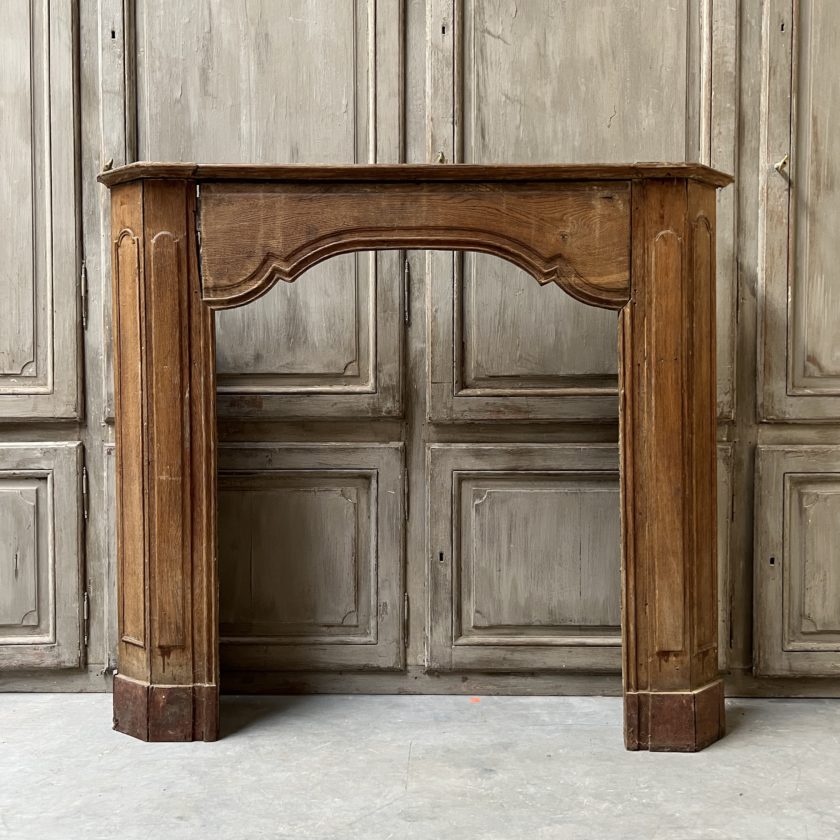
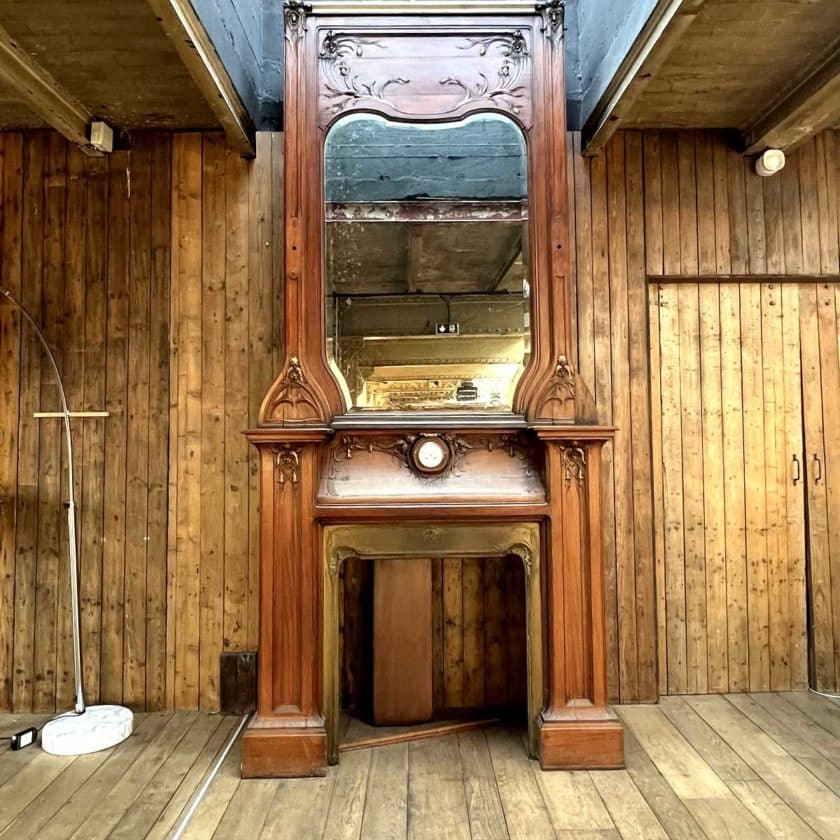



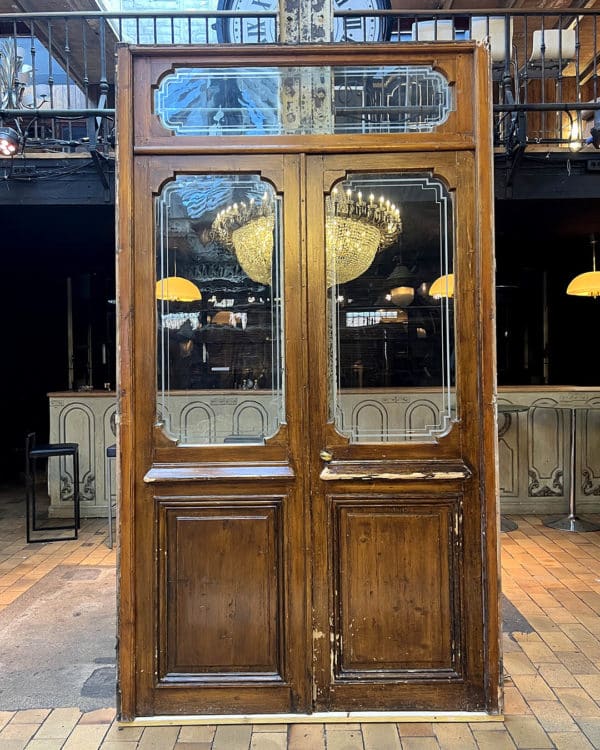

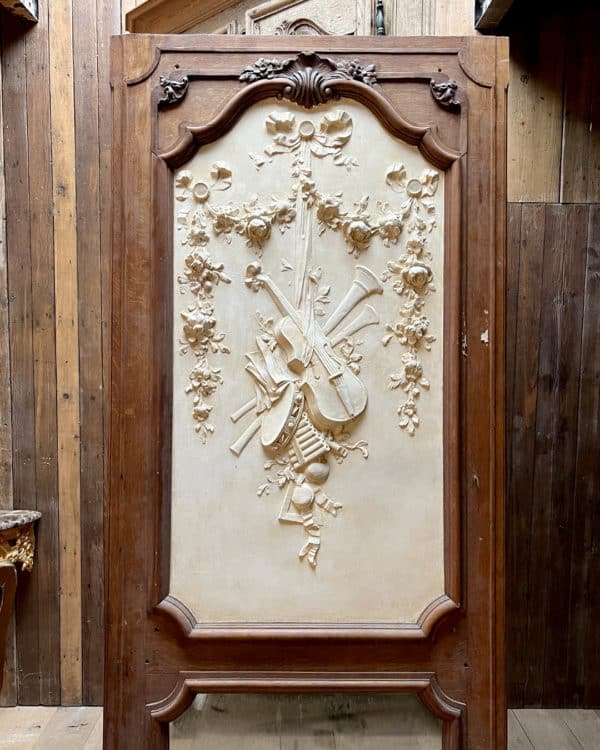
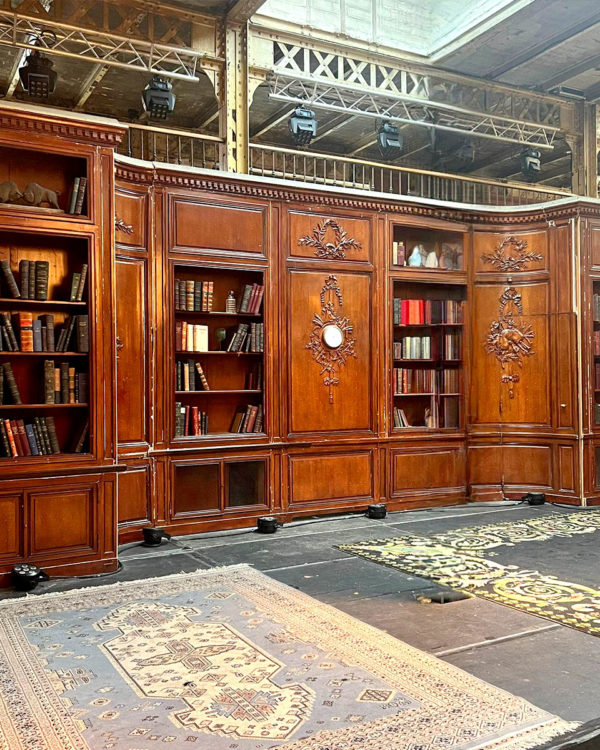
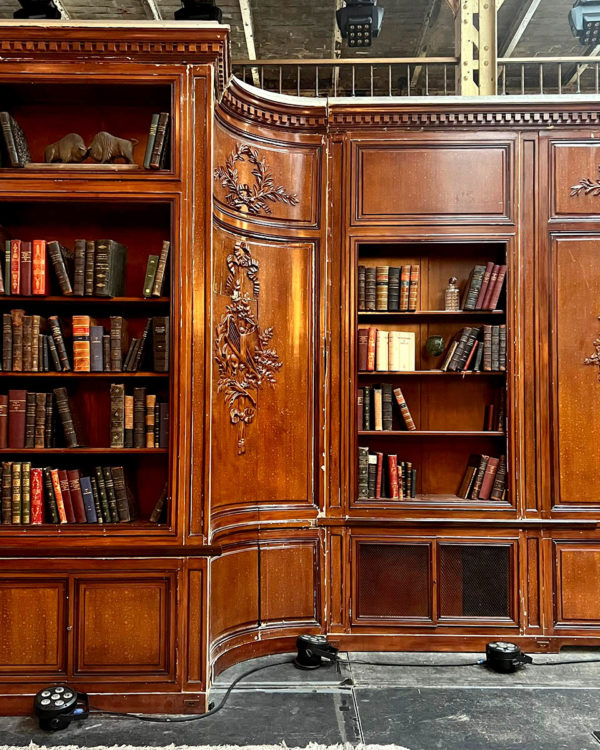

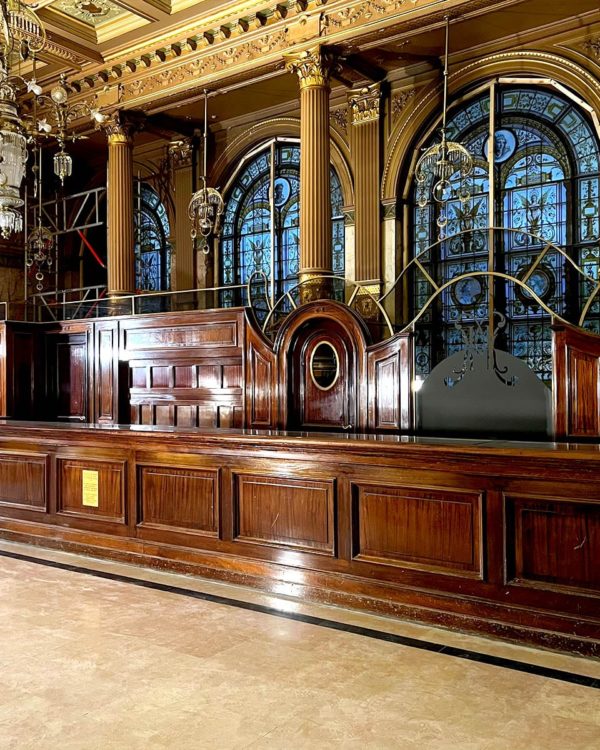
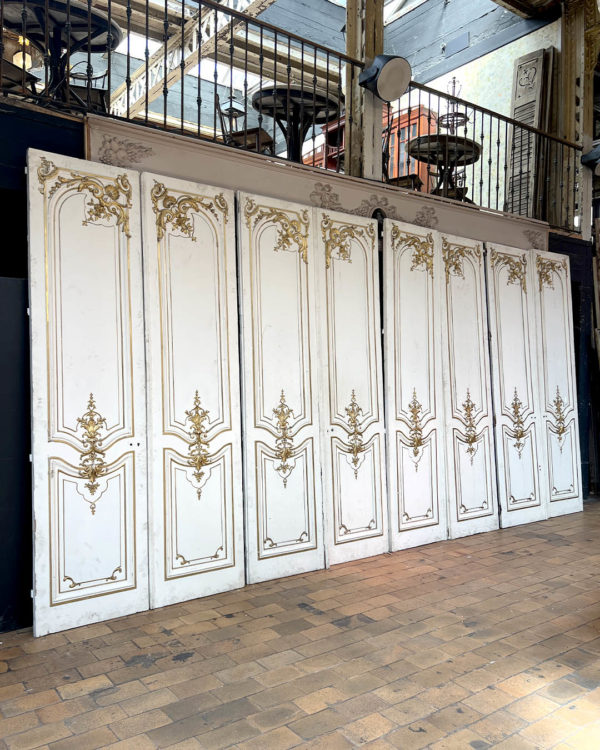

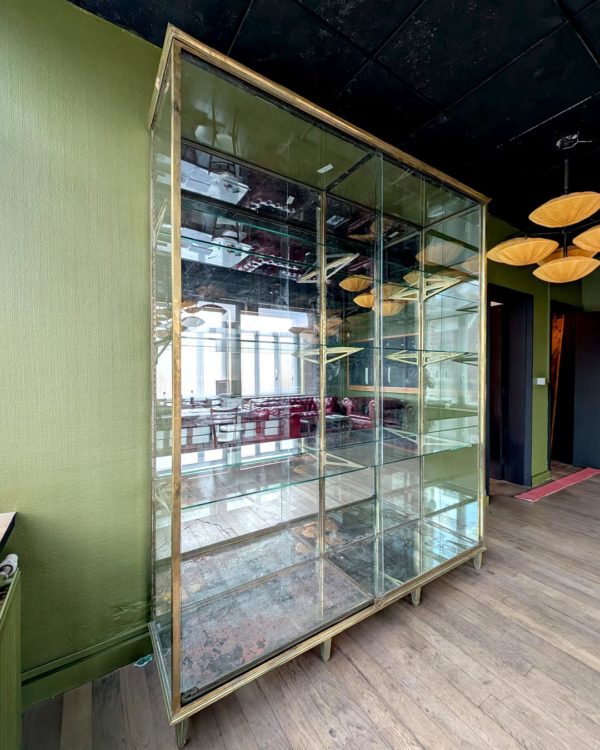
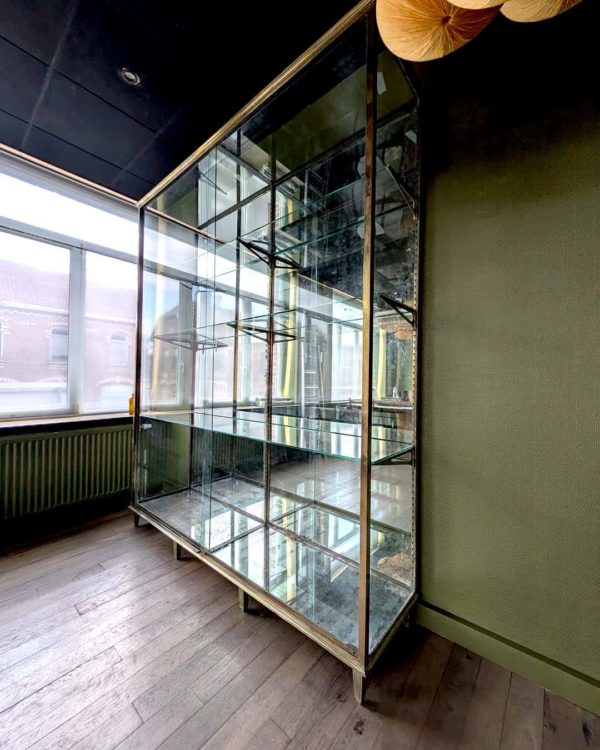
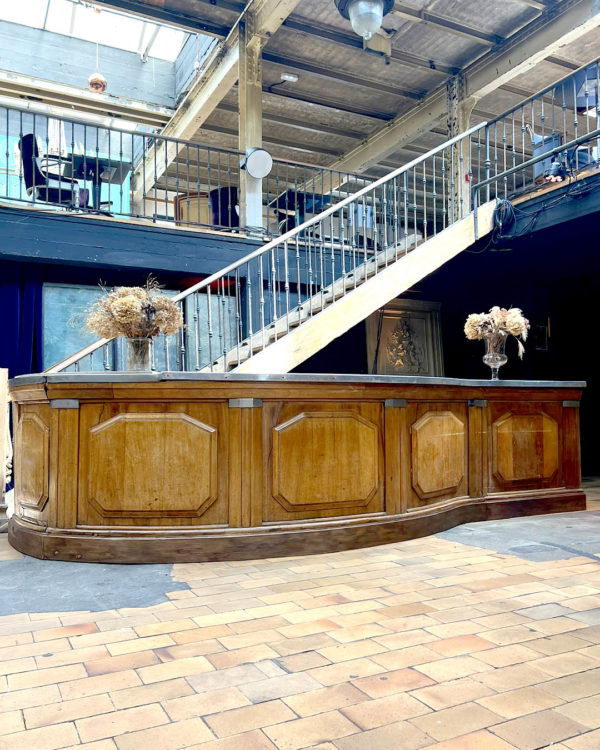
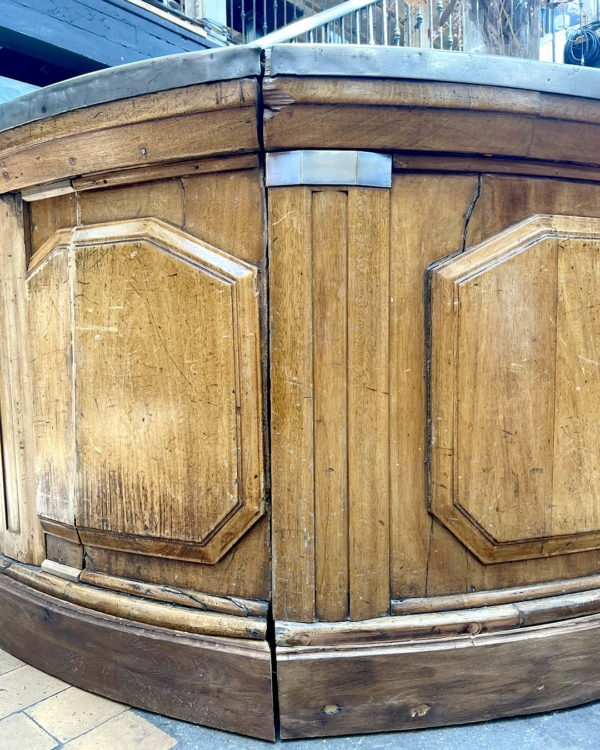
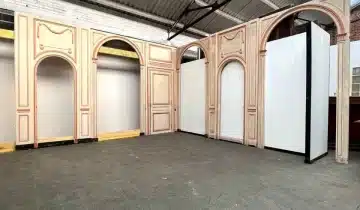
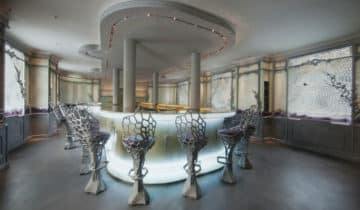
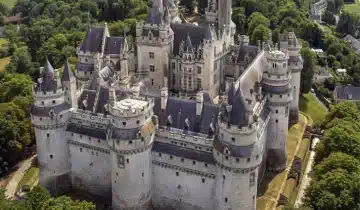
 No products in the cart.
No products in the cart.